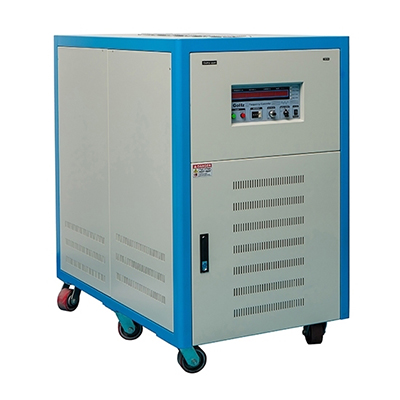The frequency converter is a general name, more accurately name is AC power frequency converter. The entire development history of the frequency converters is the development of electronic devices.
Before and after the 1980s, electronic frequency converters are mainly made in Japan. Such devices use more power crystal enlarged manner making after the 80s Chinese mainland introduce frequency converter from Taiwan. Power characteristics of this period are small power capacity, accuracy, and low efficiency.
In the 1980s, China embarked on the road of reform and opening, at this stage, import and export facilities in mainland China gradually increased. Particularly, the increase of the microwave oven and air conditioning appliances are representative shares of exports, so it demands frequency converter for testing. The market demand for the original product cannot meet the power, so that power supply manufacturers seek new technologies to expand the market. According to the technical conditions and electronic devices, the manufacturers mainly develop in two ways, one is to maintain the same crystal-like style and apply a multi-parallel manner for expansion; another way is to use the power transistor modules.

Crystal multi-stage series style needs to solve circulation problems, and efficiency is too low. In industrial processes, consume too much. Power transistor module converter type response is slow and has limited power, low voltage at 600V, Output PAM uses filtering methods (wave of unilateral low order filter), and the output waveform distortion is large. Both methods cannot meet the increasing power demand, so when the power load required a test frequency, people usually use motor driving generator mode (M+G).
During the application of motor driving generator mode (M+G), there will be wear and tear, as well as the efficiency of a conversion problem. Later, refer to USA technology, the SCR made more power full supply, which can meet the customers’ requirement. It soon replaced motor drive generator mode (M+G), but the product has a greater disadvantage of noise, reaching 70dB <1m.
With the development of semiconductor technology, in the late 1980s, Fuji produced the first IGBT. The electronic device integrates the advantages of GTR and MOSFET of high switching speed and high flow capacity. It was soon being applied to the power converting field. With the join of powerful manufacturers, like Mitsubishi, Semikron, Infineon, and other manufacturers, the development of IGBT was rapid. IGBT switching speed and flow capacity were further strengthened so that the high-power frequency converter production can be achieved.
